Improving Quality & Efficiency
Setting
B. Braun Malaysia had multiple Business Units (BU) supplying specific needs of B. Braun subsidiaries world-wide. These BUs ranged from pharmaceuticals to sutures and from hypodermic needles to blood bags. They were however pure manufacturing entities reporting to the Group Managing Director; all other functions were handled centrally. The very rapid growth of the BUs prompted a reorganisation however: the BUs were to get their own Managing Director (MD) responsible not only for manufacturing but also marketing & sales - HR, IT, Finance & Logistics would still be Group functions for which I remained responsible. Due to the imminent retirement of the manufacturing manager for hypodermic needles, I was also appointed MD of B. Braun Needle Industries Sdn. Bhd. (BNI).
Challenge
Days prior to my appointment as MD for BNI, a decision for a world-wide recall had been taken. Problems in the manufacturing process had come to light and an immediate response was needed.
Solution
The reorganisation allowed me to start with a clean slate and a new management team: a young bright engineer would lead the actual manufacturing, while I pinched a (in my eyes very high potential) clerk from my Logistics department to do the planning. We started off with an in-depth analysis of the entire manufacturing process, a process that was far more complicated than the rather straight-forward final product would ever lead you to believe. Total manufacturing time was not measured in minutes or even hours, but days, if not weeks; at every step new quality and yield issues were introduced, the most obvious of which is a nanoburr on the needle tip, but the potential pitfalls were near mindboggling.
We decided to complement the pure ‘quality analysis’ with something far wider reaching:
- Why were there so many manufacturing steps, were they all really needed
- If needed, were they executed in an optimum manner (e.g. at a certain point we produced 2 meter sections irrespective of the final needle length – implications?)
- Could we reduce human handling – cutting cost and reducing potential damage
We introduced an Efficiency & Quality Incentive Bonus (EQIB), a system where we could, on a daily basis, measure the effectiveness of each manufacturing employee and his or her impact on the day’s yield. Although the system required quite some additional administration to ensure its objectivity and its acceptance by our staff, the ultimate result was astonishing:
- With the same equipment we produced 50% more needles with 30% less people
- A very expensive lengthy process (annealing) was abolished for all but a small minority of needle types
- Analysis of yields per needle type showed a flawed pricing strategy, total manufacturing cost of small needles was actually higher than for the more raw material consuming large ones


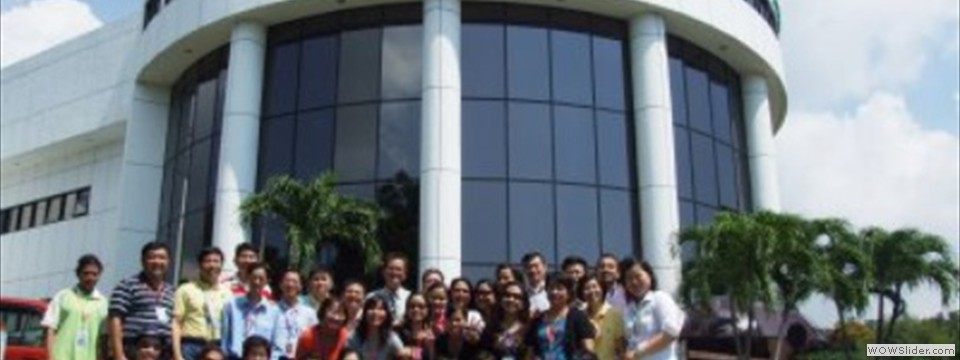
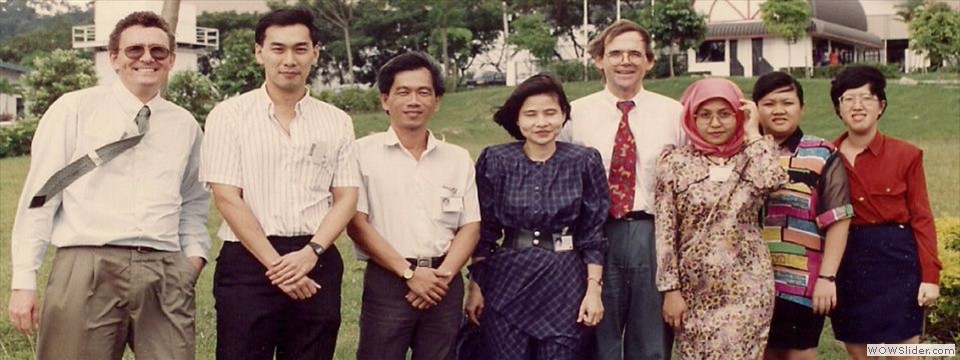






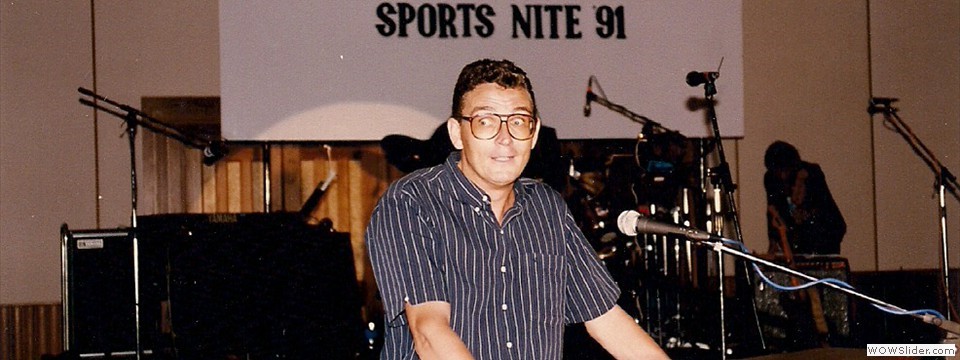
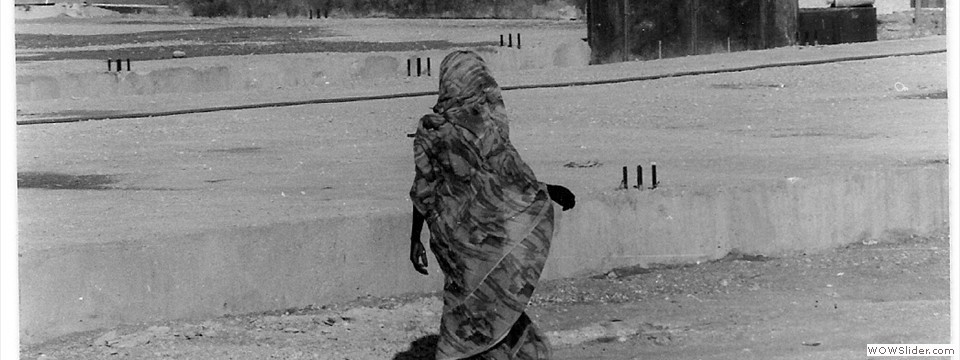
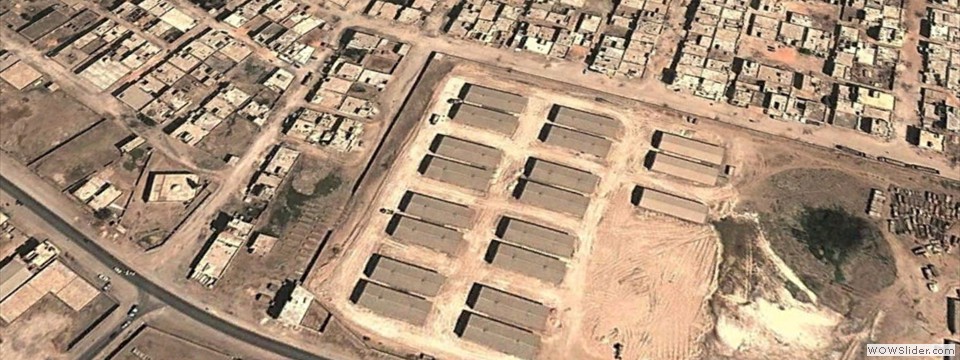
See also: